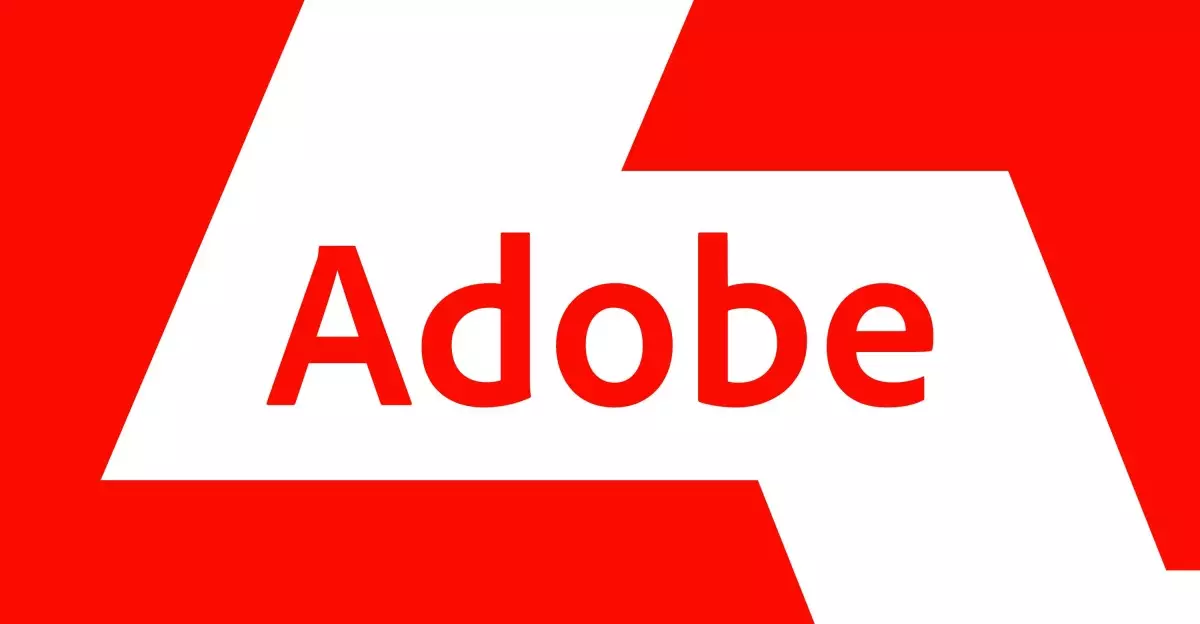As technology continually evolves, the integration of artificial intelligence (AI) into creative software marks a transformative era for digital editors. Adobe’s latest endeavor to incorporate AI agents into tools like Photoshop and Premiere Pro is not merely an incremental update; it is a significant leap towards a future where creative work becomes more intuitive and accessible. With these advancements, the boundaries of creativity are expanding, allowing artists and video editors to focus on their vision instead of getting bogged down with the intricacies of technical editing tasks.
The Creative Agent: A New Kind of Assistant
The introduction of Adobe’s “creative agent” represents a shift in how users will interact with editing software. Unlike traditional methods, where the editing process often involved laborious manual adjustments, these AI agents are designed to streamline the workflow significantly. By leveraging the power of machine learning, Adobe’s agents can analyze images or videos and generate tailored suggestions that are contextually appropriate. For example, a simple click can activate numerous automated processes, ranging from removing unwanted background subjects to enhancing image depth through blurring techniques. This approach not only enhances efficiency but also caters to the burgeoning demographic of budding creators who may lack advanced training in photo and video editing.
Such a feature could be a game-changer. Imagine being able to transform a mediocre photo into a stunning image with minimal effort. Long-time Photoshop aficionados, who have invested years mastering the nuances of layers and masks, might initially view these developments as a threat to their craftsmanship. However, the reality is that such innovations can actually liberate creators from repetitive tasks, allowing them to reclaim time and energy to innovate and explore new concepts.
Natural Language Processing and User Interaction
Adobe’s incorporation of natural language processing opens up exciting possibilities for user interactivity. Imagine effortlessly conversing with your software as you would with a colleague, granting it commands in plain language. This not only lowers the entry barrier for new users but also enhances the overall experience for seasoned professionals. The potential for learning is substantial; users will be able to observe how complex tasks are performed step by step, serving as a real-time tutorial right within the editing software.
This dynamic interaction encourages a collaborative relationship between the creator and the technology. The user is no longer just a passive recipient of automated edits; they become active participants in the creative process. As AI takes care of the tedious groundwork, the creator can delve deeper into the artistry of their project, somewhere between being an artist and a technician.
Future Innovations in Video Editing
In addition to Photoshop, Premiere Pro’s forthcoming AI capabilities are equally promising. With Adobe’s emphasis on features like Media Intelligence, the potential for video editing to become just as simplified and creative is within reach. The planned ability for AI agents to analyze video content for compelling shots and make suggestions based on this analysis paves the way for a sophisticated editing journey. The AI’s insight could assist in rough-cut assembly, color grading, and audio mixing, transforming the editing timeline into a more seamless and enjoyable experience.
With tools like Generative Extend already making waves, the promise of AI isn’t limited to just faster editing; it is about enhancing the quality of the final product while allowing for more creative exploration. Users will feel empowered to experiment, taking risks that they may have shied away from due to the time-consuming nature of traditional editing.
Bridging Inspiration and Automation
At the heart of this evolution is a critical acknowledgment: while AI cannot replicate human imagination, it stands ready to serve as an invaluable tool that enhances creativity. The essence of what makes an image or video resonate lies within the creator’s vision, and AI is there to support that vision—not to supplant it. As AI capabilities continue to evolve, it is crucial for users to embrace these innovations as partners in their creative journeys rather than threats.
In essence, the advent of creative AI agents heralds a future where technology and artistry coexist harmoniously. Those who adapt and leverage these powerful tools will not only streamline their workflows but will also find new avenues for expression and innovation in their work. The digital art landscape is more than ready for this transformation, inviting everyone, from novices to experienced professionals, to embark on a new era of creation.

